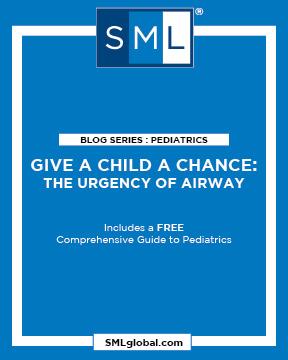 Pediatric space management is often the key to the prevention of potential disastrous abnormal conditions and/or dental problems which could persist into adulthood.
Pediatric space management is often the key to the prevention of potential disastrous abnormal conditions and/or dental problems which could persist into adulthood.
Once thought to be the sole responsibility of medical GP’s, the incidence of Obstructive Sleep Apnea is increasing significantly…and there is compelling evidence that many adult airway issues begin in childhood.
Many kids today that are diagnosed with ADHD (and prescribed medication accordingly) may suffer from an underdeveloped maxilla, a posterior placed mandible, and an airway problem which effects their oxygen saturation level.
Even something as simple as interceptive therapy to maintain space can positively affect the intraoral volume, two things can happen: (1) loss in arch length and (2) the creation of an abnormal occlusion and abnormal jaw position.
A loss in arch perimeter diminishes the intraoral volume necessary to ensure normal tongue position. It can cause the tongue to drop back and block the airway.
An abnormal occlusion (anterior or posterior crossbite) can alter the position of the mandible enough to allow the tongue to block the airway.
The fact is, airway obstruction physiologically impacts health and normal function in every single part of the body.
In order to give a child a chance at not just normal teeth, but also a normal airway, normal jaws in a normal position, a better night’s sleep and a normal life…the dentist must intercede immediately when it is evident that a child’s airway is compromised.
